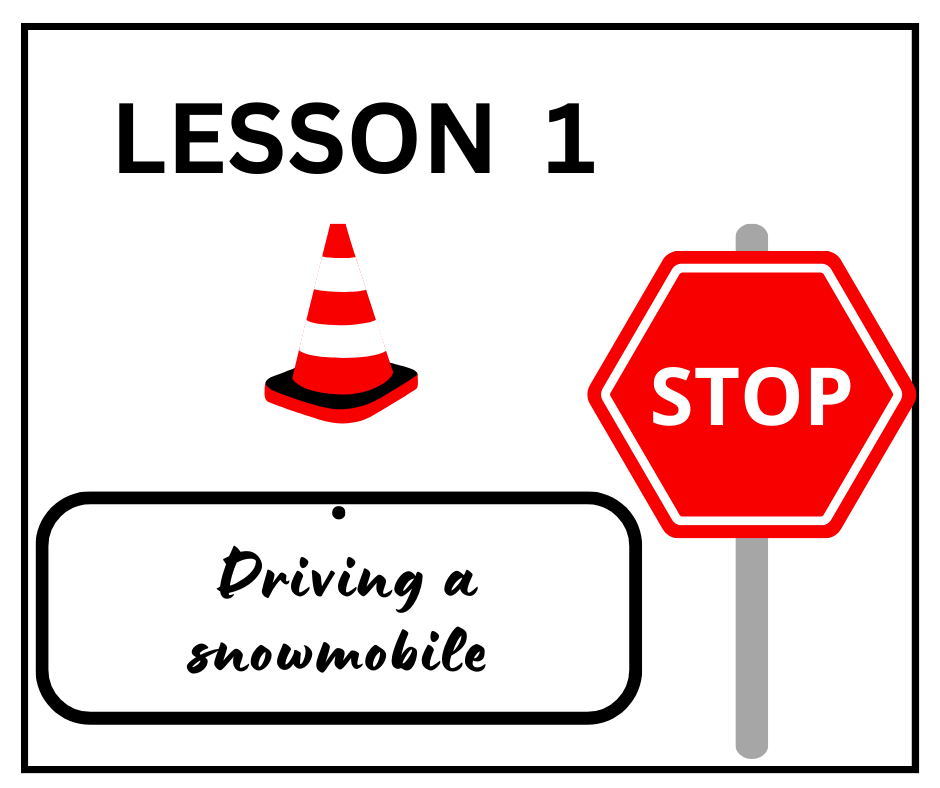Snow-covered terrains and frosty landscapes make for a thrilling experience in Canada’s Winter Wonderland. The snowmobile is a very popular activity in Canada. It allows enthusiasts to discover untouched winter landscapes, frozen lake shores and forests covered with fresh snow. The purpose of this exploration is to explore the Canadian snowmobile experience, including the skills needed and its cultural significance.
Canadian Winter Landscape
Canada’s harsh winters are transformed into an enchanting snowy heaven as the temperatures plummet and the snow covers everything. Snowmobiling is a thrilling and dynamic way to explore this frozen paradise. Snowmobilers are invited to take memorable trips through Canada’s diverse winter landscape, from the Rocky Mountains of the West to the tranquil wilderness in Eastern Provinces.
The Essentials of Snowmobile Skills in Canada
1. Machine Familiarity:
The first thing that any snowmobile rider should do is to understand the basics of the machine. It is important to be familiar with the controls, throttle, brakes, and maintenance. Each snowmobile model has its own unique characteristics, and riders need to be familiar with them.
2. Balance and body position:
It is important to maintain balance when driving a snowmobile, particularly in uneven terrain and deep snow. The riders must learn to adjust their body positions to avoid tipping over or becoming stuck. Balance is important for safety as well as efficient handling.
3. Trail Navigation:
Canada has a vast network of trails for snowmobiles, but good navigation is still essential. For a fun and safe snowmobiling adventure, it is important to understand trail markers and route planning. GPS or snowmobile apps can be very useful in some areas.
4. Cold Weather Preparedness :
Snowmobilers in Canada must prepare for temperatures below zero. It is important to wear the right cold weather gear. This includes insulated clothing and waterproof boots. It is also important to be familiar with the cold weather safety measures, including how to recognize hypothermia.
5. Mechanical Troubleshooting:
Snowmobiling can take riders to remote locations where help may be difficult to come by. The ability to fix a flat or address minor mechanical issues, like a faulty engine, is invaluable. It is prudent to carry a snowmobile-specific toolkit with spare parts.
Snowmobiling and its cultural significance in Canada
Canada’s winter culture is deeply rooted in snowmobiling, which is more than just a sport. Snowmobiling has become a lifestyle for many Canadians. It offers a connection with the landscape of winter and camaraderie between riders.
1. Winter Tourism:
The snowmobile industry is a major part of winter tourism in Canada. Snowmobiling is a popular activity that attracts visitors who are looking for the excitement of snowy trails, and the charm of the winter landscapes. Winter tourism is a boon to the local economy, particularly in areas with strong snowmobiling cultures.
2. Community events and clubs:
In Canada, snowmobiling clubs organize races and rallies to bring enthusiasts together. Snowmobile clubs are important in creating a community of riders by organizing group rides and advocating responsible snowmobiling.
3. Access to remote areas:
The snowmobile allows access to areas which are inaccessible otherwise during winter. Snowmobiling, for many Canadians in the north, is more than just an activity. It’s a way to get from one place to another, whether it be to a cabin, a fishing spot, or a hunting ground.
4. Family Traditions:
Many Canadian families cherish the tradition of snowmobiling. Snowmobiling is a tradition that parents pass on to their kids, creating a generation of snowmobilers who love the landscape and thrill of riding in the cold winter air.
Environmental and Safety Considerations
Snowmobiling is a fun and exciting activity, but safety and the environment are important to ensure a sustainable and enjoyable experience.
1. Responsible Trail Use is:
By staying on the designated trails, you can help preserve fragile ecosystems during winter. Snowmobilers should not venture into prohibited areas, as this protects wildlife habitats while minimizing their impact on the environment.
2. Speed and Alcohol:
Alcohol and excessive speed can increase accident risk. Snowmobilers who are responsible adhere to the speed limit, particularly in congested or populated areas. Alcohol consumption while driving a snowmobile poses serious safety hazards.
3. Wildlife Conservation:
Wildlife often shares the winter play areas of snowmobilers. The preservation of ecosystems is enhanced by respecting animal behavior, maintaining a safe distance and minimising noise pollution.
4. Environmental Stewardship:
Snowmobiling responsibly means leaving no trace. All waste must be removed, such as trash or any other items that riders may have brought to the landscape. The commitment of environmental stewardship is essential to the long-term sustainability and enjoyment of snowmobiling.

Conclusion:
Snowmobiling in Canada offers an adventure unlike any other. It combines speed and the beauty of winter with a thrill. Snowmobiling is a popular activity in Canada. From adrenaline-filled rides on snowy trails to shared experiences with other snowmobilers, it holds a place of honor for many Canadians.
Snowmobiles are not only a means of transportation in winter, but also a part of the Canadian experience. Snowmobilers continue to create winter stories that are beyond the ordinary. They do this by combining essential skills with a love of the environment and an understanding of the cultural significance.
